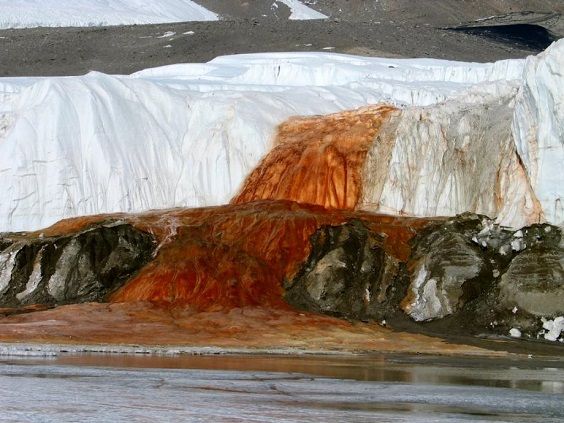The glacier is bleeding. At first glance it might seem like a huge hemorrhage, the red spot that slowly gushes from the Taylor Glacier of the McMurdo Dry Valleys, in Antarctica. Who caused it? What is it about? Is it, once again, the fault of man and his behavior against the health of the planet? Geologists have wondered for this for years.
He is about to end up run over, his mother saves him
The glacier is bleeding. At first glance it might look like a huge hemorrhage, the red spot that slowly gushes from the Taylor glacier of the McMurdo Dry Valleys (in English McMurdo Dry Valleys), in Antarctica. Who caused it? What is it about?
Is it once again the fault of man and his behavior against the health of the planet? Geologists have wondered for this for years. Since 1911, when the red waterfall was discovered for the first time. At the time it was assumed that the origin of the particular color was a particular type of algae, but its true nature turned out to be much more spectacular.
About two million years ago, the Taylor Glacier sealed beneath it a small body of water that contained an ancient community of microbes. Trapped under a thick layer of ice, they have remained there ever since, isolated within a sort of natural capsule undamaged by the wear and tear of time. And the evolution that took place in the rest of the living world.

The microbes survived in this place, without light or oxygen and with little heat. We are therefore faced with what the Russian biochemist Aleksandr Oparin he defined "primordial broth", a very hot solution of water and carbonaceous molecules that would interact with the chemical components of the primitive earth's atmosphere to give rise to the first organic molecules, under anaerobic conditions.
The lake has a high salinity and is rich in iron: this is what gives the waterfall its red color. A fissure in the glacier allows the subglacial lake to escape, forming waterfalls without contaminating the ecosystem within. The existence of the cascades of "blood" shows that life can exist even in the most extreme conditions on Earth. And maybe even on other planets ...
Roberta Ragni
Source and photo Atlas Obscura
READ also:
- Sliding Rock: a water slide created by mother nature (video)


























